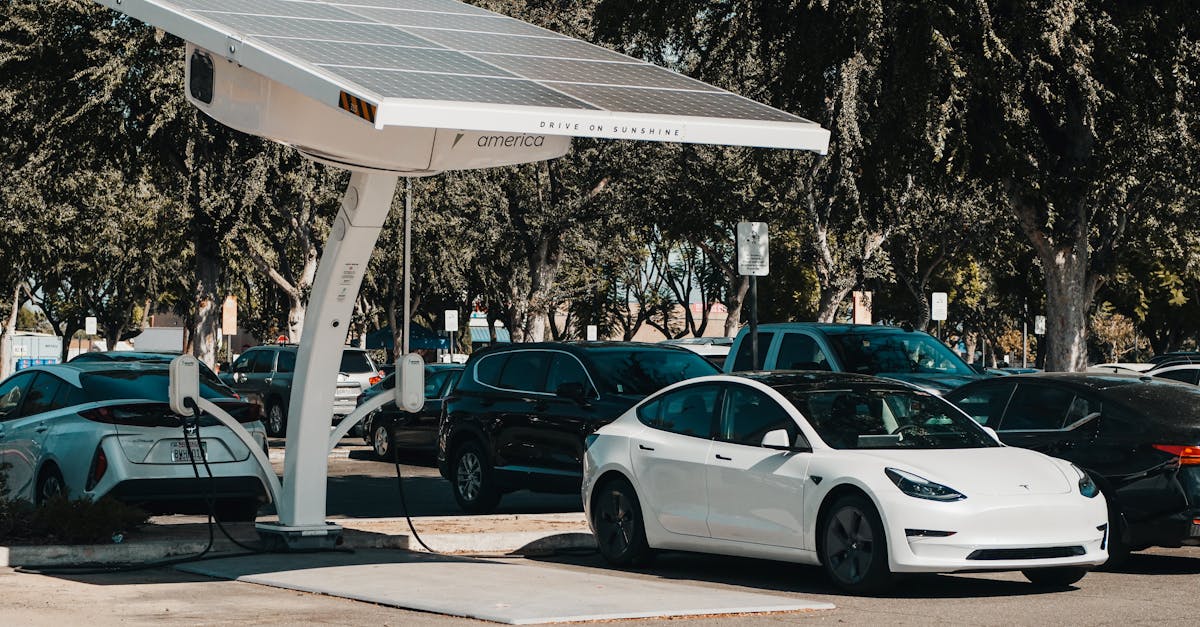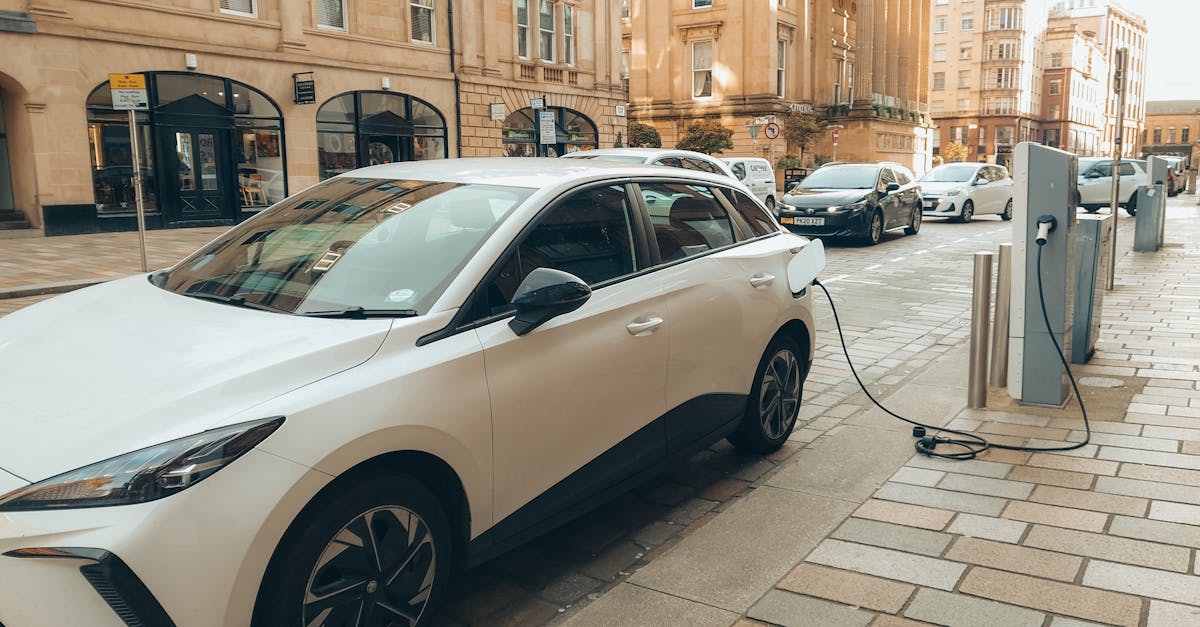Understanding Hybrid and Electric Vehicles
Introduction
Innovations in automotive technology have revolutionized the way we think about transportation. Hybrid and electric vehicles represent a significant shift towards more sustainable and eco-friendly travel options. Understanding these types of vehicles is essential as the world moves toward greener alternatives.
Advertisement
What Are Hybrid Vehicles?
Hybrid vehicles combine a traditional internal combustion engine with an electric battery system. They typically use the engine or electric motor depending on driving conditions. This combination allows hybrid vehicles to deliver better fuel efficiency and reduced emissions, making them a popular choice for environmentally conscious drivers.
Advertisement
How Do Hybrid Vehicles Work?
Hybrid vehicles utilize two or more power sources to optimize performance. During low-speed drives, they often rely on electric power, while higher speeds activate the gasoline engine. Regenerative braking systems help conserve energy by converting kinetic energy into electrical energy to recharge the battery.
Advertisement
Benefits of Hybrid Vehicles
Hybrid vehicles offer numerous advantages over conventional automobiles. They provide improved fuel efficiency, resulting in cost savings related to gasoline consumption. Additionally, hybrids tend to have lower emissions than standard vehicles, making them an eco-friendly option. Moreover, these vehicles often have a quiet operation, enhancing driving comfort.
Advertisement
Understanding Electric Vehicles
Electric vehicles (EVs) operate exclusively on electricity stored in onboard batteries. Unlike hybrids, EVs do not use gasoline engines. They provide a completely emission-free mode of transportation, making them the most environmentally friendly choice available.
Advertisement
How Do Electric Vehicles Work?
Electric vehicles are powered by electric motors that receive power from rechargeable batteries. These batteries store electricity that is used to drive the vehicle, making them silent and efficient. EVs can be charged at home via a standard outlet or at public charging stations found increasingly across cities globally.
Advertisement
Advantages of Electric Vehicles
Electric vehicles bring numerous benefits to the table. They significantly reduce carbon footprints, contributing to a cleaner environment. Additionally, since they lack internal combustion engines, EVs require less maintenance, translating to lower long-term ownership costs. Government incentives further reduce upfront purchase costs.
Advertisement
Challenges Facing EV Adoption
The broader adoption of electric vehicles faces several challenges. One of the primary concerns is range anxiety due to limited battery life and charging infrastructure. Additionally, higher upfront costs compared to gasoline vehicles can be a barrier to some potential buyers, though innovation is reducing these challenges.
Advertisement
The Future of Hybrid and Electric Vehicles
The future of automotive technology lies in hybrid and electric vehicles. With advancements in battery technology and charging infrastructure, these vehicles may soon become the primary mode of transportation. Global policies focused on reducing carbon emissions further support the expansion of EV markets worldwide.
Advertisement
Conclusion
Hybrid and electric vehicles represent the forefront of sustainable automotive technology. Understanding their workings, benefits, and limitations helps consumers make informed choices. As technology and infrastructure improve, adopting these vehicles can contribute significantly to a cleaner and more sustainable planet.
Advertisement








